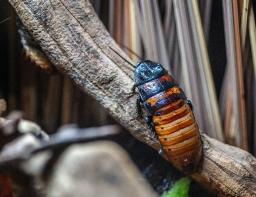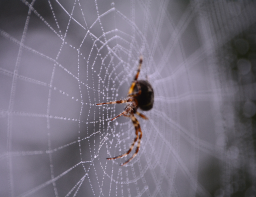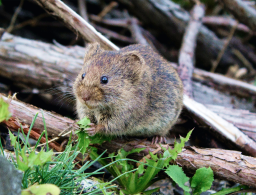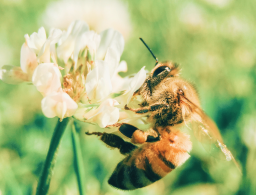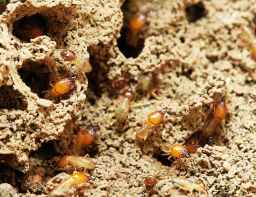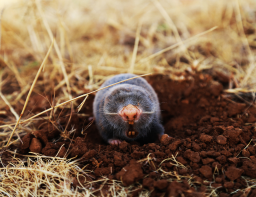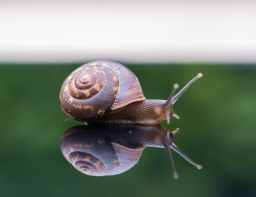
FAQ
DO I HAVE TO LEAVE HOME FOR THE TREATMENT?
Only if a dry wood termite treatment is performed with a fumigant. In that case, you need to leave for a couple of days. Thankfully, the vase majority of termite issues are not from dry wood termites.
ARE THERE ANY HOME REMEDIES?
Before a home is built, termite resistant barriers such as uniform-sized particles and stainless steel screening can be installed between the home and the soil. When used as continuous horizontal barriers installed during pre-construction, these barriers withstood intensive foraging activities of several termite species under field conditions. However, these non-chemical barriers are not widely used at this time, so discuss options with building contractors. For homes without active termite barriers, preventing or reducing conducive conditions is the best organic option.
HOW MUCH DOES IT COST TO TREAT TERMITES?
This varies drastically depending on the size and type of the structure, type of treatment required, type of product used and type of warranty offered or selected. Treatment costs can vary from $600-$2,000+
WHAT TYPES OF HOMES REPIRS ARE TYPICALLY NEEDED AFTER A TERMITE INFESTATION?
Before a home is built, termite resistant barriers such as uniform-sized particles and stainless steel screening can be installed between the home and the soil. When used as continuous horizontal barriers installed during pre-construction, these barriers withstood intensive foraging activities of several termite species under field conditions. However, these non-chemical barriers are not widely used at this time, so discuss options with building contractors. For homes without active termite barriers, preventing or reducing conducive conditions is the best organic option.
What People Think About Us
"I am a business owner myself and it's nice to come across other businesses who actually care about their customers. Insight Pest Solutions has been exceptional."
Laurie Barker
"I have used Insight Pest Solutions for two years and have been very happy. They communicate very well, are on time and very professional. I have noticed a huge difference since I started using them. "
John Balsmeier
"I am very happy with the service and especially with the lack of bugs! It works!"




